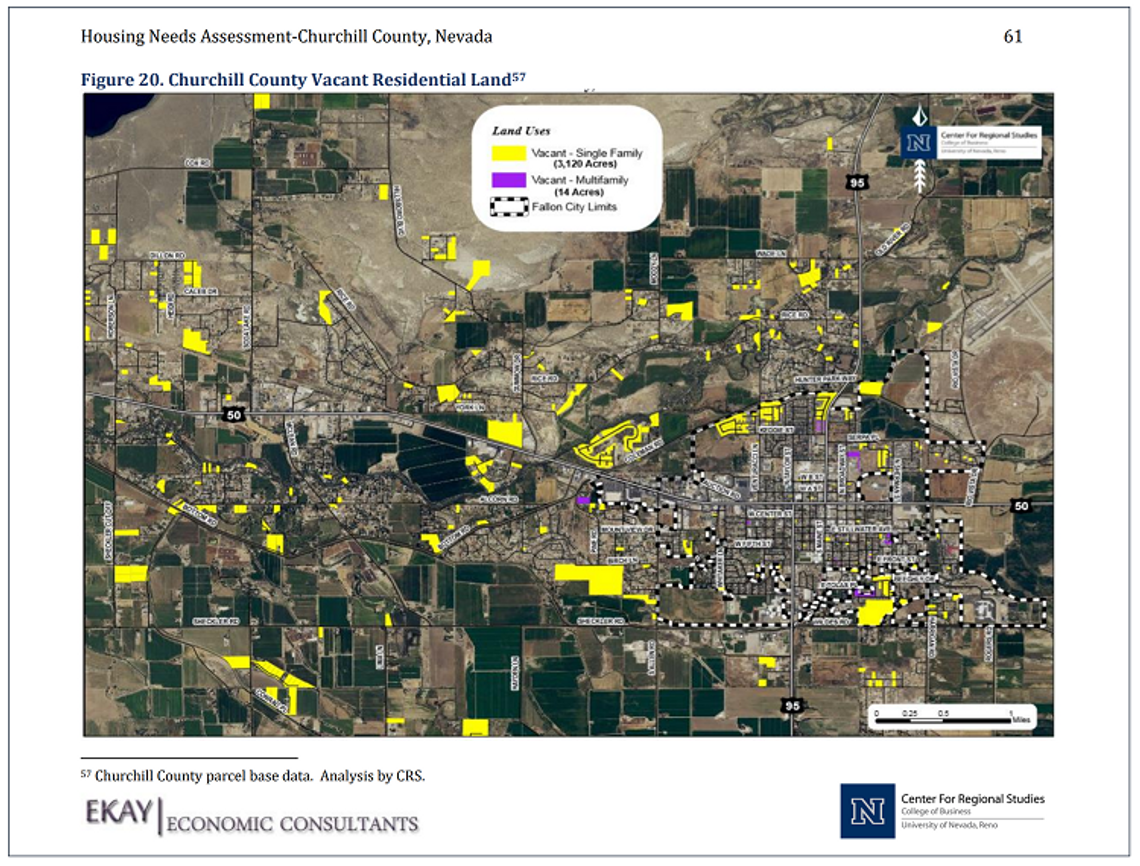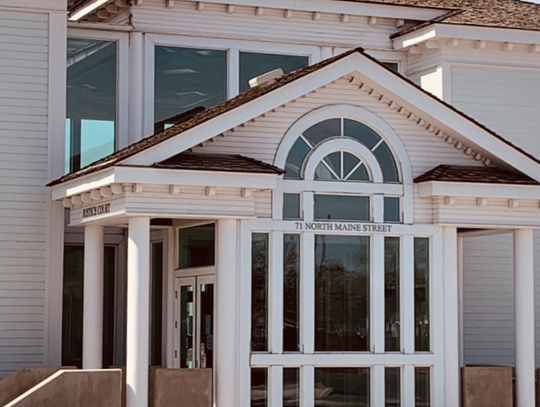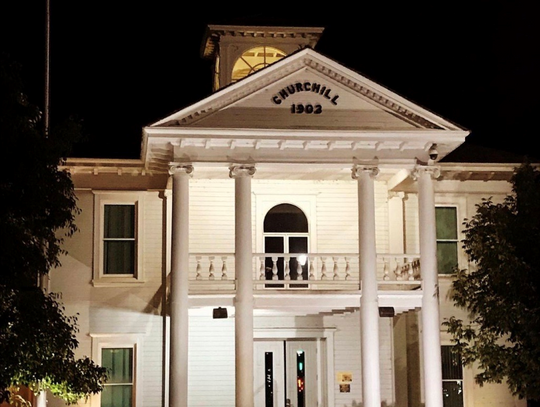Churchill County, not unlike the rest of Northern Nevada is experiencing unprecedented growth, driven by the expansion of the Tahoe Reno Industrial Center, as well as mission expansion at NAS Fallon. According to local officials, and anyone who has tried renting a house lately, the housing supply has not kept up with demand for several reasons including the cost of building materials, availability of labor, and the suitable property being tied up in old projects that haven’t been developed.
According to Chris Spross, Churchill County Public Works Director, current customers of the county water system are only using about 30% of the total capacity. While the hydrology studies from 2007 and the 2019 Water Conservation Plan Update show the water resources available to support the Sand Creek Water Treatment Plant and its expansion.
The primary source of water for Churchill County is drawn from an intermediate aquifer beneath the Lahontan Valley, which the Nevada State Engineer has designated Hydrographic Basin 101. Recharge of the aquifer is reliant on seepage from the Carson River, leakage from the canals and drains in the Newlands Project, and irrigation application of surface water to farm ground. The county requires that all new developments dedicate water rights to the county so that the aquifer can be maintained, and the water supply is not impacted. Any parcels not connecting to the county water system, must dedicate two acre-feet of surface water rights or provide a payment-in-lieu of $3,276 per dwelling.
The City of Fallon wells, that serve city residents through the city municipal system are located in the Basalt Aquifer. The Fallon Post will provide a separate story on the City of Fallon water supplies in the near future.
In the county subdivision process, Equivalent Dwelling Units (EDUs) are used as the unit of measure for planning the capacity of the water and wastewater facilities. Currently, Churchill County has on the books several EDUs that have been purchased over the years and are not being used, and were never developed. “We have old developments and hookups that tie up our capacity. We have to make sure that those EDUs are available if they are called on,” said Spross. The result is that should a developer come to the table ready to build there may not be the additional capacity for the project that is ready to go, based on the number of EDUs that are currently being held and not put to use.
In a January 2022 commission meeting, Spross explained that the capacity of the water treatment plant is 1,449 EDUs, with 454 current online customers. There are 79 EDUs reserved for developments that have already been started and 970 that are sitting. “Some projects are in the planning stages, such as the county development on Coleman Road. Altogether if they all went online today there would not be enough EDUs to fully function within the capacity of the plant,” said Spross.
The county will be putting out a Request for Proposals on the 35-acre parcel owned on Coleman Road that is planned for 420 units of private, high-end apartments. County Manager Jim Barbee said there is a huge demand for that type of product, especially with the shortage of housing available for Navy personnel. “It becomes a supply and demand issue if we put more supply out there to help us address the huge demand we have, then hopefully it will have a cascading effect on some of the prices that are coming to bear on lesser-quality property.”
The plan is for the Coleman Road property to be bought by a private developer through the RFP process and then developed with certain “clawbacks” built in for performance.
There are currently several future water treatment plants named in the 2019 plan that will eventually be developed and then tied together in one looped system, with one of those currently in the works. Commissioners recently agreed to move the treatment plant that had been planned for county property at the corner of Rice Road and Moody Lane. Because of its proximity to the Carson River and the possibility of eventually using surface water, along with the best ability to get houses built, officials are looking to place the next treatment plant closer to the golf course.
Once that location is firmed up, engineering will begin which then positions the county for future funding. “We are looking to get in front of these projects through the infrastructure funding at the federal level,” said Barbee. The funding for that Preliminary Engineering Report has been secured through a federal earmark in the amount of $300,000.
According to Barbee the legal needs of the state also require the county to build and pay for redundant backup wells for every water treatment plant in the community. “Every water plant we build, we have to have a redundant well,” said Barbee. “The idea being that if one of the primary wells goes down, we have to be able to flash over to the redundant well to continue to provide quality water.” The Sand Creek redundant well was recently completed and is located off Casey Road. The well, along with the water line to tie the well into the water treatment plant will cost a total of nearly $1.5 million.
The long-term plan for future water supply for Churchill County consists of both approximately 13,000 Dixie Valley groundwater rights as well as surface rights owned by the county. Officials recently toured the City of Fernley water treatment plant that is designed to use surface water and are looking at the long-term plans for that possibility.









Comment
Comments